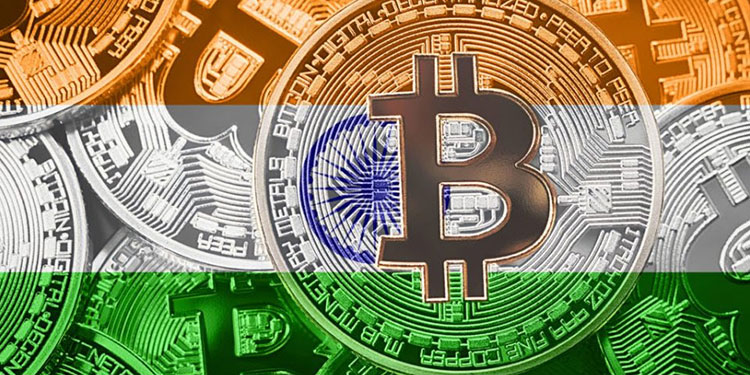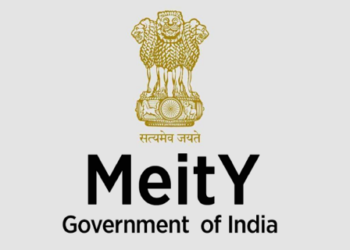A Rollercoaster Ride for Crypto
Most investors, even casual ones, remember when in 2016 and 2017 cryptocurrencies grew almost steadily, causing waves of new local offerings and even some scams. Yet, the growth was real, the mechanics of the crypto trade were becoming more familiar to many consumers as the young and always tech-hungry Indian society was riding high on that wave.
And then came the steep crash in early 2018, and the RBI soon followed with a blanket ban on all crypto-related activities.
However, a March 2020 decision by the Supreme Court has completely reversed that ban, opening up that same gate to opportunities. Now, even PayPal has announced that it will allow cryptocurrencies in its wallets and payment transactions. Gambling websites in India such as 10Cric already offer cryptocurrencies as payment methods to their customers.
The news comes as a huge boost to advocates for more flexibility in smaller payments. Many consumers prefer avoiding commissions and card approval procedures. This newfound liberty of adding cryptocurrencies to e-Wallets such as PayPal is already a hit in betway casino reviews which also confirm it as a legitimate means of payment.
Crypto of UPI?
Then again, there is the hugely successful Indian UPI system. Over a relatively short period since its launch by the National Payments Corporation (NPCI) in 2016, it has established itself as a reliable and well functioning direct payments system. Now dominated by payment providers and digital giants such as Google, PhonePe, Amazon, and WhatsApp, it has greatly facilitated daily operations between small businesses and peer users.
However, it is not meeting increasing pressure from banks and other financial institutions, as they have to process hundreds of millions of transactions daily, from groceries to movie tickets and friends loaning some cash to each other. This has put a burden on the banking system and it has been looking for alternatives. Crypto might just be one.
It depends, naturally, on the willingness and ability of investors to hold their trust for a longer period of time in cryptocurrencies as a genuine investment asset. More importantly, businesses should declare themselves open to accepting it as a regular form of payment for the same little transactions that currently require bank cards and accounts.
The latter looks much more a possibility now than back in 2017. Cryptocurrency could provide the RBI with an alternative (and more independent) low-cost direct payments system.
As smaller investors explore their possibilities, crypto exchange markets register thousands of new users every day, many reporting a double and a triple user base over a period of just a couple of months.
Private equity funds have purchased some local players, such as the largest crypto exchange, Wazir X, now owned by Binance. While global crypto-currency exchanges launch Indian operations (e.g. Coinswitch Kuber).
All of the above participants – big and small – appreciate the blockchain potential and security levels. The soundness of the underlying tech itself is a driver for wider use. As recently as 9 October, seven of the largest central banks (including EU and US), along with the Bank of International Settlements (BIS) published a methodological report on key cryptocurrency requirements – a true roadmap to more consistent adoption.
It seems that investors and crypto enthusiasts need only be patient and follow upcoming developments, as the digital currencies stake their claim as real and lasting payment means.

















